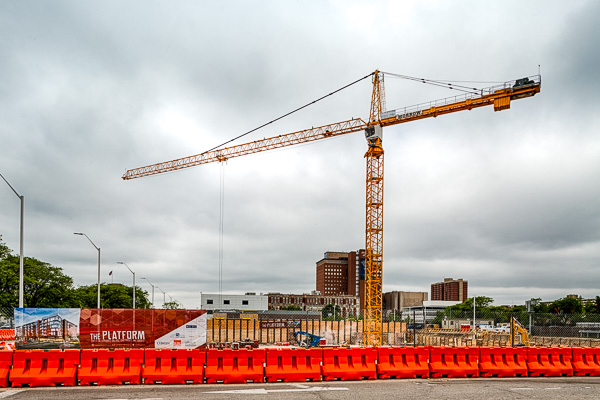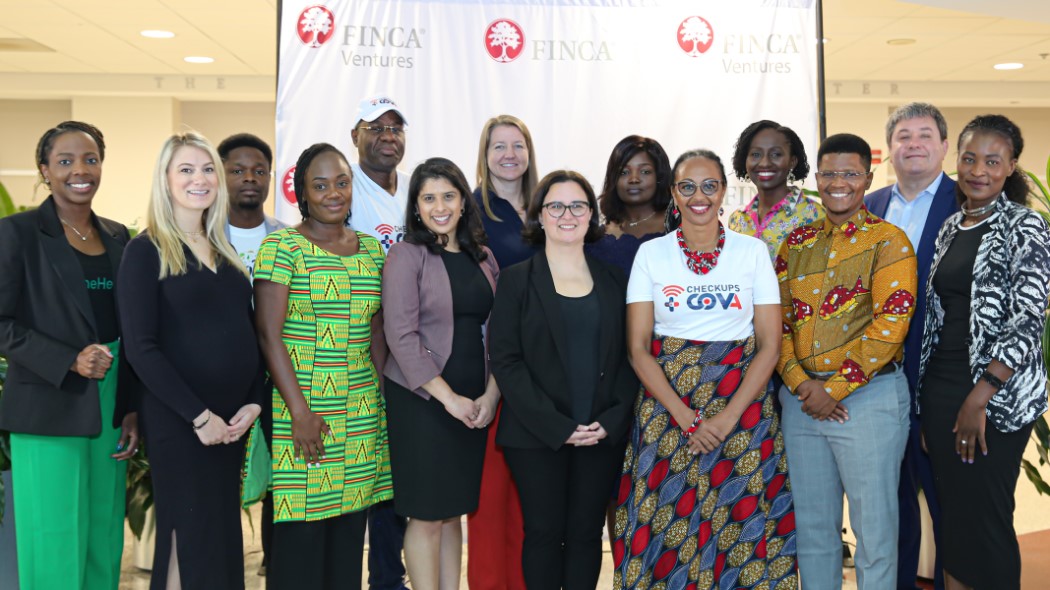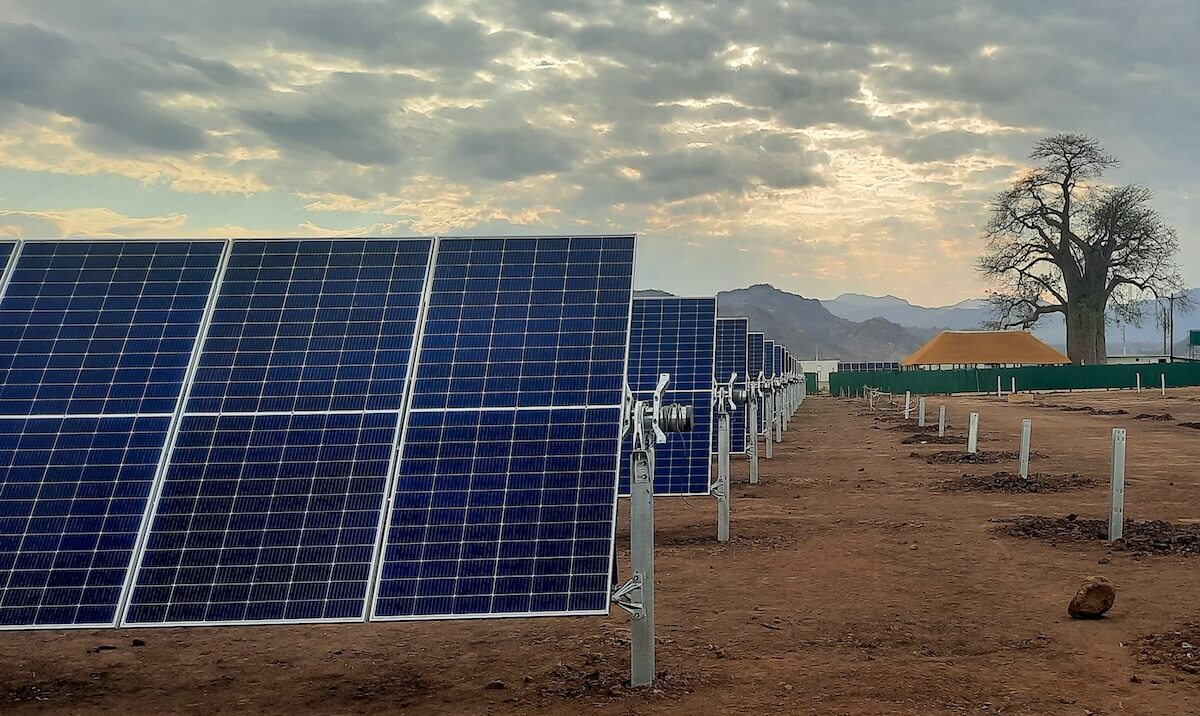ImpactAlpha, Sept. 3 – No one should be surprised when the rich and powerful take advantage of a capital gains tax break. That makes Sunday’s New York Times lead story on Opportunity Zone investments something of a dog-bites-human story. A half-dozen reporters turned up projects backed by well-connected investors that appear to have little positive benefit on low-income communities.
Last week, ImpactAlpha also called out possibly sketchy deals, but turned up even more compelling examples of community-based investments that hold promise for more inclusive economic development (see “Investments in ‘people and places’ start to demonstrate impact in Opportunity Zones”). The juxtaposition of the two pieces was stark. What gives?
- Positive deviants. It was inevitable Opportunity Zones would enable all sorts of bad behavior. Less clear was whether community leaders could mobilize enough good things (see, “Getting into the zone of inclusive opportunity”). Economic Innovation Group’s Kenan Fikri cites projects to deliver mental health in Phoenix, residential solar in Chicago, affordable housing in Los Angeles, historic preservation in Springfield, Mass., senior living in rural Alabama, returning citizens in Delaware and Washington DC, startups in Scranton and economic reinvention in Erie, Penn. “Opportunity Zones are literally knitting together economic and community development in front of our eyes here in Alabama,” tweeted Opportunity Alabama’s Alex Flachsbart, who was featured in the Times’ piece. “Somehow none of that got mentioned in this article.”
- Inclusion alpha. The earliest Opportunity Zone investments are flowing to projects with the lowest risks and highest returns. Longer term, “Impact-led collaborations are showing that deep engagement with communities can mitigate investment risk and accelerate project timelines,” wrote ImpactAlpha’s Dennis Price. Develop LLC’s Steve Glickman points out the bulk of the tax breaks kick in only after 10 years. “That means smart money will look for places that have a long runway for growth,” such as the south side of Chicago and Detroit. “There are good return opportunities that also have good and sustainable impact,” tweeted Blueprint Local’s Ross Baird. “They almost always take longer to put together and are more complicated than one-off deals.”
- Impact accountability and community ownership. Times’ columnist Paul Krugman points out the Opportunity Zone legislation (like the rest of the 2017 tax bill of which it was part) was rushed through without adequate hearings or oversight. Ever since, impact investing advocates have been pushing for greater community ownership (see “Empowering communities to take ownership of their own Opportunity Zones”) and regulations requiring impact measurement disclosure (see, “How and why to measure the impact of investments in Opportunity Zones”). Watchdog journalism like the Times’ article only makes both cases stronger.
- Cognitive bias. Media is indeed biased, but it’s not about left vs. right. Editors instinctively trust stories on problems over solutions. “Friends, this is a wakeup call,” wrote Launch Pad’s Chris Schultz (see, “A launch pad for businesses that can make Opportunity Zones thrive”). “We have to get moving if we want the Opportunity Zone legislation to be around and have the impact it was designed to do.”











